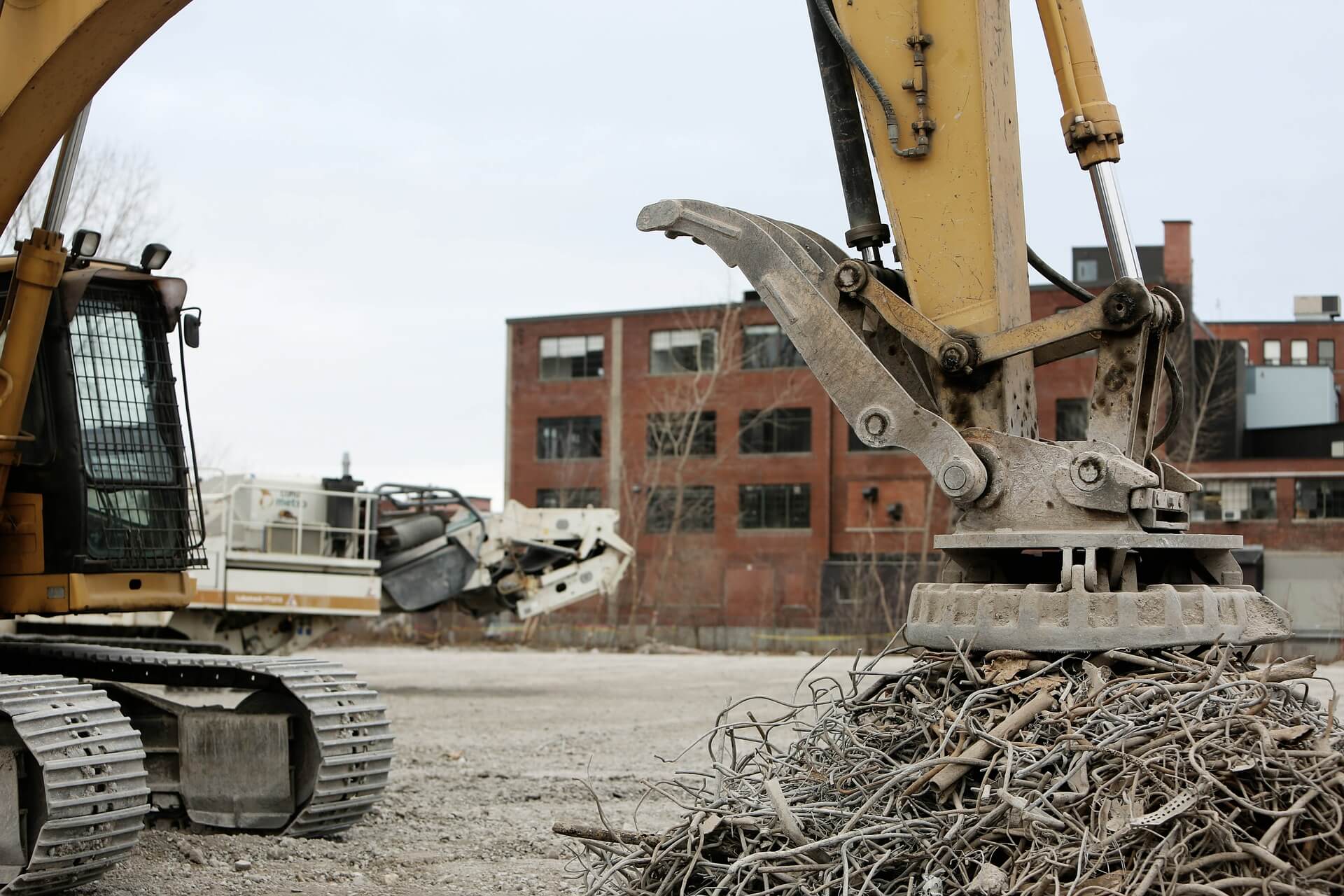Environmental and sustainability problems are becoming increasingly essential in construction projects. While adopting eco-friendly products and building processes is becoming more popular, reducing waste as much as possible is another way to lessen the environmental impact of construction. For example, construction, demolition, and excavation garbage accounted for 63 percent of total waste generated in England in 2016 (according to the Construction Leadership Council1). Meanwhile, according to the US Environmental Protection Agency’s construction snapshot and national overview, building and demolition trash in the United States in 2015 was roughly 2.5 times that of municipal waste.
Although construction waste recovery rates might be relatively high, there is always more that can be done to reduce trash formation at the source. The construction industry, as one of the largest contributors to trash globally, must think of new ways to manage and decrease waste in order to assist reduce environmental impact and protect natural resources. While it may seem hard to achieve zero waste on a building site, combining a variety of tactics can result in a truly waste-free environment.

Source: pixabay
Waste Recovery
Much of the construction waste, such as concrete, bricks, and asphalt, may be recovered and downcycled as aggregates. Other sorts of waste, on the other hand, can be recovered and used. Plasterboard, for example, may be broken down and recycled into new plasterboard, but cardboard is already commonly recycled. Polythene can also be cleaned and turned into pellets, which can be used in a variety of ways.
Energy from Waste
The process of extracting energy from trash involves using waste material as a source of energy, such as electricity. Wood, for example, can be collected and utilized as biomass fuel, food waste from the site can be processed in an anaerobic digestion facility to produce energy and agricultural fertilizer, and other non-recyclable garbage can be burnt to generate electricity (Refuse Derived Fuel).
Off-site Construction
Moving the majority of construction work off the job site and using prefabricated or modular components instead can also help achieve zero waste in construction. Because of the increased precision, fewer materials are wasted, and waste generated may be recovered more quickly and recycled or used to generate energy.
Minimizing Waste
While the trash generated on a construction site is a direct result of the labor, prevention begins during the design phase. Optimizing designs to utilize fewer resources, specifying recycled materials, and selecting components with a longer service life can all assist reduce waste generated on site. Different techniques include specifying materials that will serve a role beyond the life of the building, or designing structures that can be easily adaptable to other purposes, maintained without producing waste, and dismantled to reuse components. Even better design can help you minimize rework and wasted materials, as well as overestimating quantities and reducing the amount of incorrect data in your project.
A New Mindset
What is evident is that avoiding waste in building necessitates a shift in thinking – from “construct and dispose” to “circular construction,” where making the most of our resources is the norm. We can truly accomplish zero waste in building if we do this.
1 https://www.constructionleadershipcouncil.co.uk/wp-content/uploads/2016/05/ZAW-Report-Final-Draft-25-February-2020.pdf#:~:text=Zero%20Avoidable%20Waste%20%28ZAW%29%20in%20construction%20means%20preventing,assembly%20of%20buildings%20and%20infrastructure%20through%20to%20deconstruction.
2 https://www.epa.gov/sites/default/files/2020-04/documents/construction_snapshot_3-31-20.pdf
3 https://www.epa.gov/facts-and-figures-about-materials-waste-and-recycling/national-overview-facts-and-figures-materials
Source: blog.allplan.com
Download Allplan AEC 2022 Now!
Allplan 2022 refers to the integrated working method of architects, engineers, and contractors on a single platform, from initial design to successful construction site implementation. Workflows that are seamlessly integrated help to shorten coordination processes, increase efficiency, and add value – for Buildability at its best.
- Smooth collaboration between architects and engineers
- Freely switch between 2D and 3D working methods
- Consider construction implementation in the design phase
- Maximum performance for large and complex projects
- Powerful cloud technology for interdisciplinary collaboration
- Integrated workflows increase efficiency and value creation


NEWSLETTER
Receive information about Allplan via email
All-in-one solution for engineers and architects
ALLPLAN is part of the Nemetschek Group.
-
Singapore: ALLPLAN Software Singapore PTE. LTD. |
4 Battery Road #25-01, Bank of China Building
49908 Singapore - customercare.singapore@allplan.com

